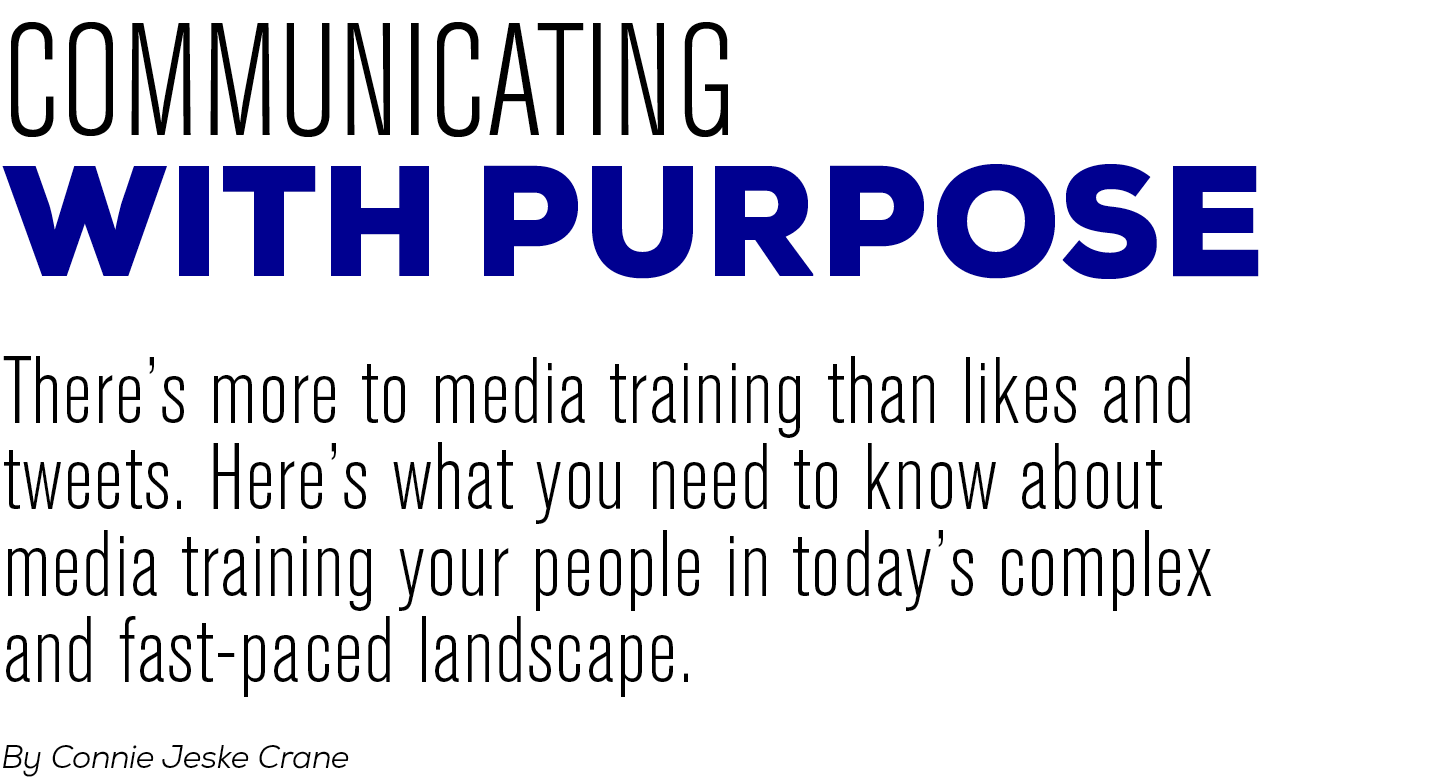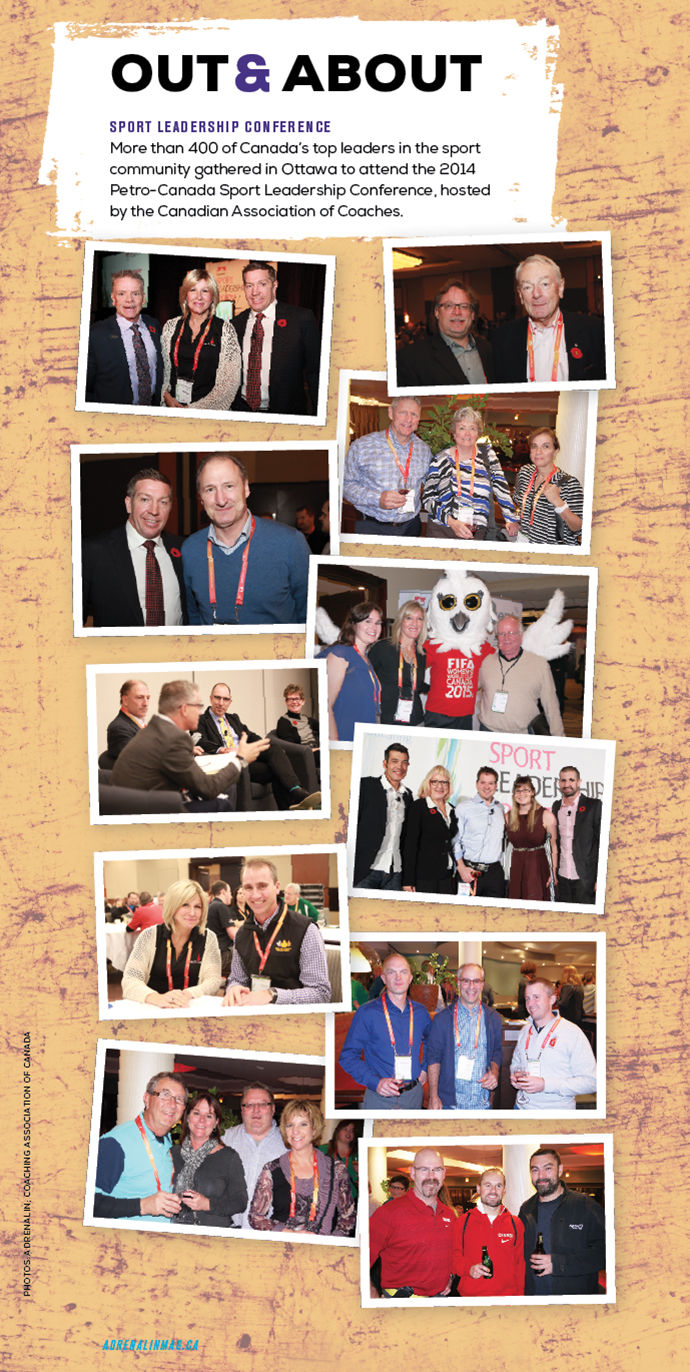
 The communication landscape changes so quickly that it’s challenging for sport organizations to keep up on the latest and most effective media channels, let alone pumping out a steady stream of original content, whether it’s press releases and announcements, media interviews, photos and video, or social media engagement.
The communication landscape changes so quickly that it’s challenging for sport organizations to keep up on the latest and most effective media channels, let alone pumping out a steady stream of original content, whether it’s press releases and announcements, media interviews, photos and video, or social media engagement.
When mapping out your overall media strategy and training, it’s important to think beyond retweets or press mentions. A strong strategy involves stepping back to define your brand and key messages, says Bob Stellick, president and CEO, Stellick Marketing Communications in Toronto. “The idea really is to take a media opportunity, to cherish it and to prepare for it, and really try to help tell your story.”
Rather than speaking with just one voice, many sport organizations encourage staff, volunteers, athletes and other stakeholders to represent the brand in both traditional and social media. But there’s a fine line between training people to really understand brand strategies, and potentially stifling authentic conversations that might enhance public engagement.
Arley Cruthers, communications and marketing manager for the BC Wheelchair Sports Association, sees a trend away from over-controlled training that inhibits communication, and more towards teaching members to make good decisions that support organizational goals. “If you just say ‘don’t talk about alcohol’ or ‘don’t talk about X, Y and Z,’ they feel like they’re following a list of rules they don’t necessarily understand.”
The big challenge with training employees and athletes especially, Cruthers says, is “have you helped them have that engaging, interesting voice that people will want to hear without exposing yourself to risk?”
Be proactive
When it comes to media training, Cruthers stresses preparedness. She advises maintaining a list of people across the organization that can speak to different issues, then train. “If someone wants to interview a volunteer, who have you got?”
With traditional media stretched and content-hungry, Stellick encourages groups towards storytelling and content creation. “It’s about trying to help [media] get what they need while putting yourself in the best light.”
Inquire about interview topics before radio and TV appearances, Stellick adds. And if you have an official media spokesperson, he advises keeping that individual informed and close to decision makers.
For social media positions, Brian Clapp, director of content for WorkinSports.com, stresses journalism backgrounds (versus enlisting fans), then spelling out job expectations, brand voice, plus consequences for representing the organization poorly.

Practice makes perfect
Cruthers feels media training is useful at all levels. “Twice a year, I’ll do a media refresher.” She focuses on breaking issues and individual communications challenges.
Employees involved in crisis management need extra attention, and the standard format involves classroom learning and skills practice, for example, faux interviews. Says Cruthers: “You can give people a list of key messages and tips on how to perform well in front of the media, but until they have a chance to practice, it can be difficult for that message to sink in.”



